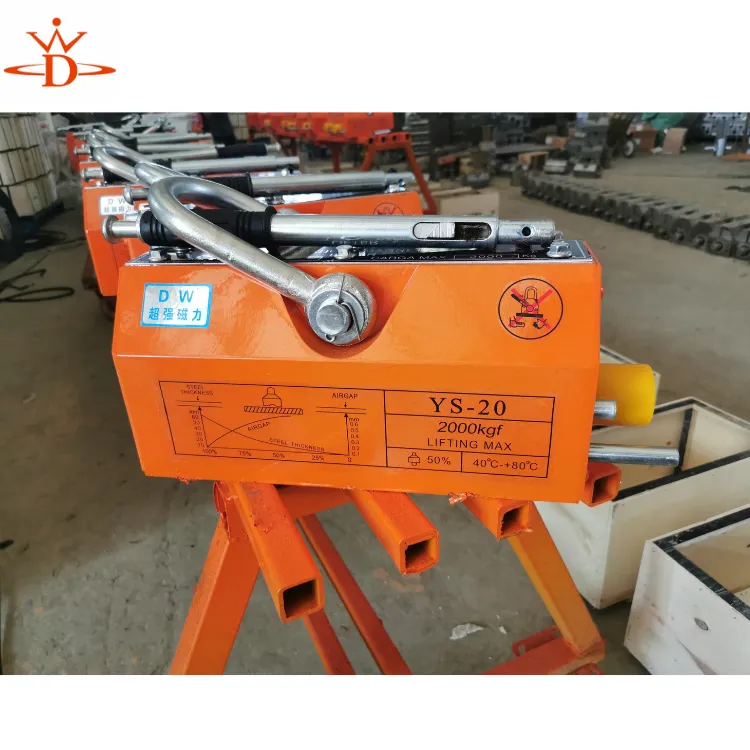Boom Designs for Efficient Gantry Crane Operations and Load Handling Techniques
Understanding the Gantry Crane Boom A Critical Component in Heavy Lifting
In the world of industrial lifting, the gantry crane stands out as one of the most efficient and versatile machines. A pivotal part of this structure is the gantry crane boom, a component that enables the crane to lift and move heavy loads with precision. This article will delve into the functioning, types, and advantages of gantry crane booms, shedding light on why they are essential in various industries.
What is a Gantry Crane Boom?
The gantry crane boom is the horizontal arm of the crane that extends over the area where lifting operations occur. It is supported by legs that run along the ground, allowing the boom to move either on wheels or by sliding along tracks. The boom is equipped with a hoist that allows for the lifting and lowering of objects, making it integral to the crane's overall function. The design of the boom varies depending on the crane's application, the weight of the loads it needs to handle, and the available workspace.
Types of Gantry Crane Booms
1. Single Boom Gantry Cranes These cranes feature a single horizontal beam supported by legs on either end. They are ideal for lighter loads and are often used in smaller workshops or for specific tasks like loading and unloading materials from trucks.
2. Double Boom Gantry Cranes These cranes consist of two parallel booms, offering a wider span. This design allows for the handling of heavier and larger loads, making them suitable for shipping yards, construction sites, and manufacturing facilities.
3. Adjustable Boom Gantry Cranes Some gantry cranes come with adjustable booms that can be extended or retracted as needed. This feature allows for more flexibility in operations, accommodating a range of load sizes and shapes.
gantry crane boom

Advantages of Gantry Crane Booms
1. Versatility Gantry crane booms can be adapted for various lifting tasks, making them suitable for diverse industries, including manufacturing, construction, shipbuilding, and warehouse management. Their ability to handle different load sizes is invaluable in environments where tasks vary frequently.
2. Space Efficiency Unlike traditional overhead cranes, gantry cranes can be positioned in tighter spaces and do not require overhead support structures. This advantage allows businesses to maximize their available space while still maintaining operational efficiency.
3. Cost-Effectiveness Gantry cranes generally require lower initial investment and maintenance costs compared to other lifting solutions, such as tower cranes or bridge cranes. This cost-effectiveness makes them an appealing option for companies looking to optimize their operations without overspending.
4. Mobility Many gantry cranes are designed to be mobile, with wheels that allow for easy relocation. This feature enables users to move the crane closer to the load, reducing the need for additional machinery and increasing efficiency.
5. Safety Features Modern gantry crane booms are equipped with various safety features, such as load limiters, emergency stop buttons, and soft start mechanisms, ensuring that lifting operations are conducted safely and responsibly.
Conclusion
The gantry crane boom is a crucial element in the realm of heavy lifting, offering versatility, cost-effectiveness, and space efficiency across various industries. With advancements in technology and safety features, gantry cranes continue to evolve, meeting the demands of modern industrial operations. As businesses strive for efficiency and effectiveness in their lifting tasks, the gantry crane boom will remain an indispensable tool, driving innovation and productivity in the workplace. Ultimately, understanding the significance of this component can inspire more informed choices in industrial equipment investment, enabling operations to thrive in an increasingly competitive landscape.
-
Unlock Seamless Relocation with Our Heavy Equipment Moving ExpertiseNewsJun.06,2025
-
Unleash Unrivaled Flexibility with Our Adjustable Gantry CraneNewsJun.06,2025
-
Unleash Heavy-Duty Efficiency with Our Industrial Gantry Crane SolutionsNewsJun.06,2025
-
Revolutionize Steel Handling with Our Magnetic Lifter RangeNewsJun.06,2025
-
Master Equipment Mobility with Premium Machinery Mover SolutionsNewsJun.06,2025
-
Elevate Your Material Handling with Magnetic Lifter TechnologyNewsJun.06,2025
-
YS Permanent Lifting Magnets: The Smarter Way to Handle SteelNewsMay.22,2025
